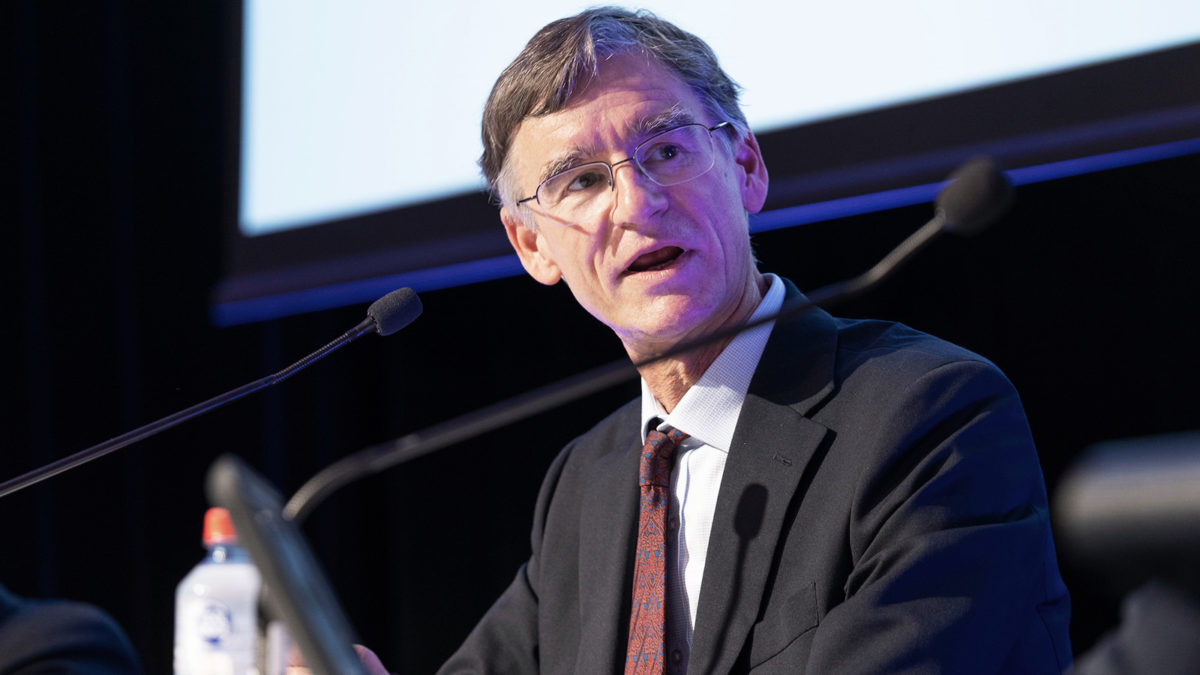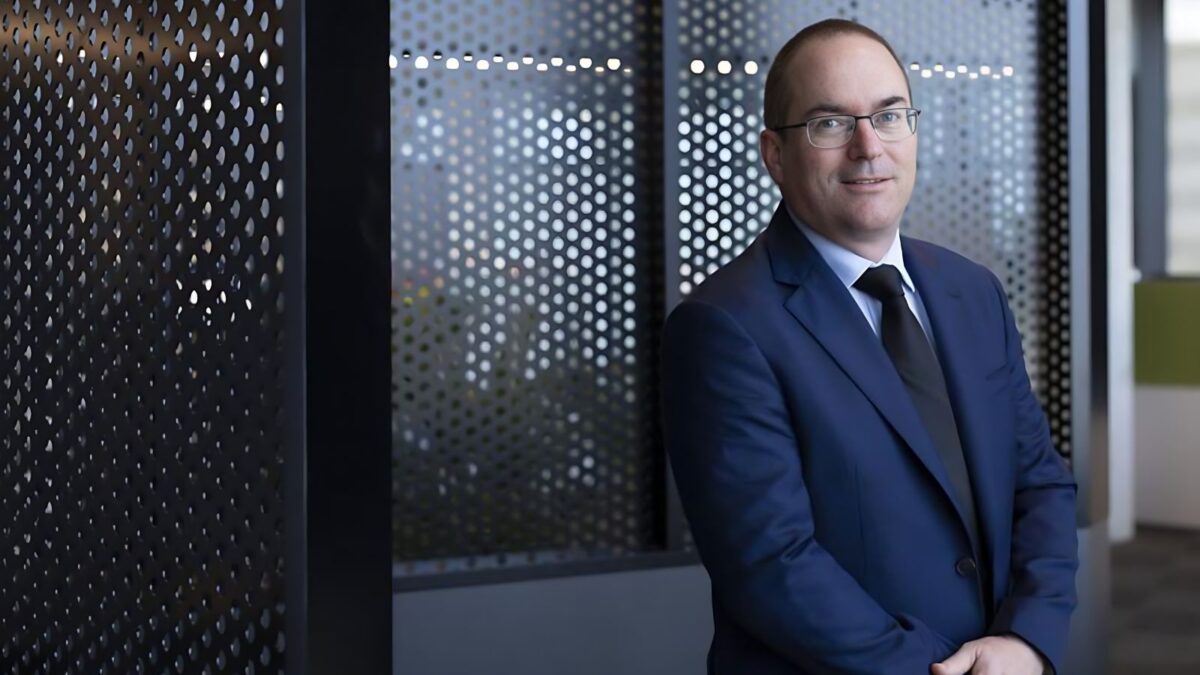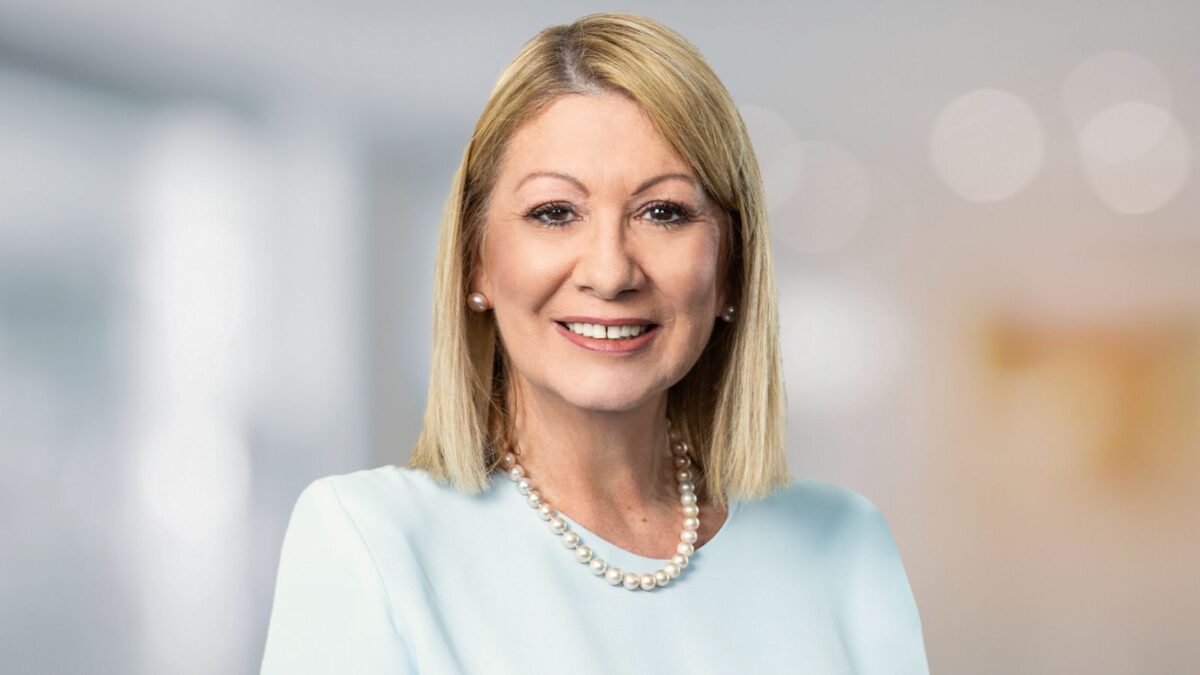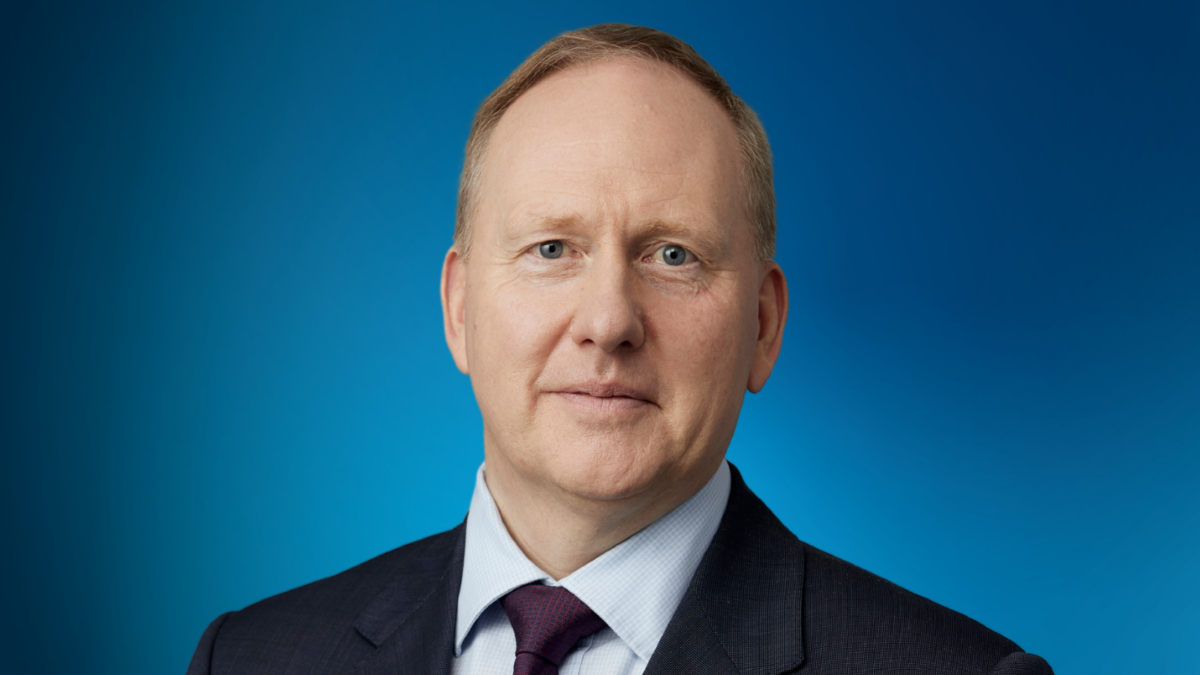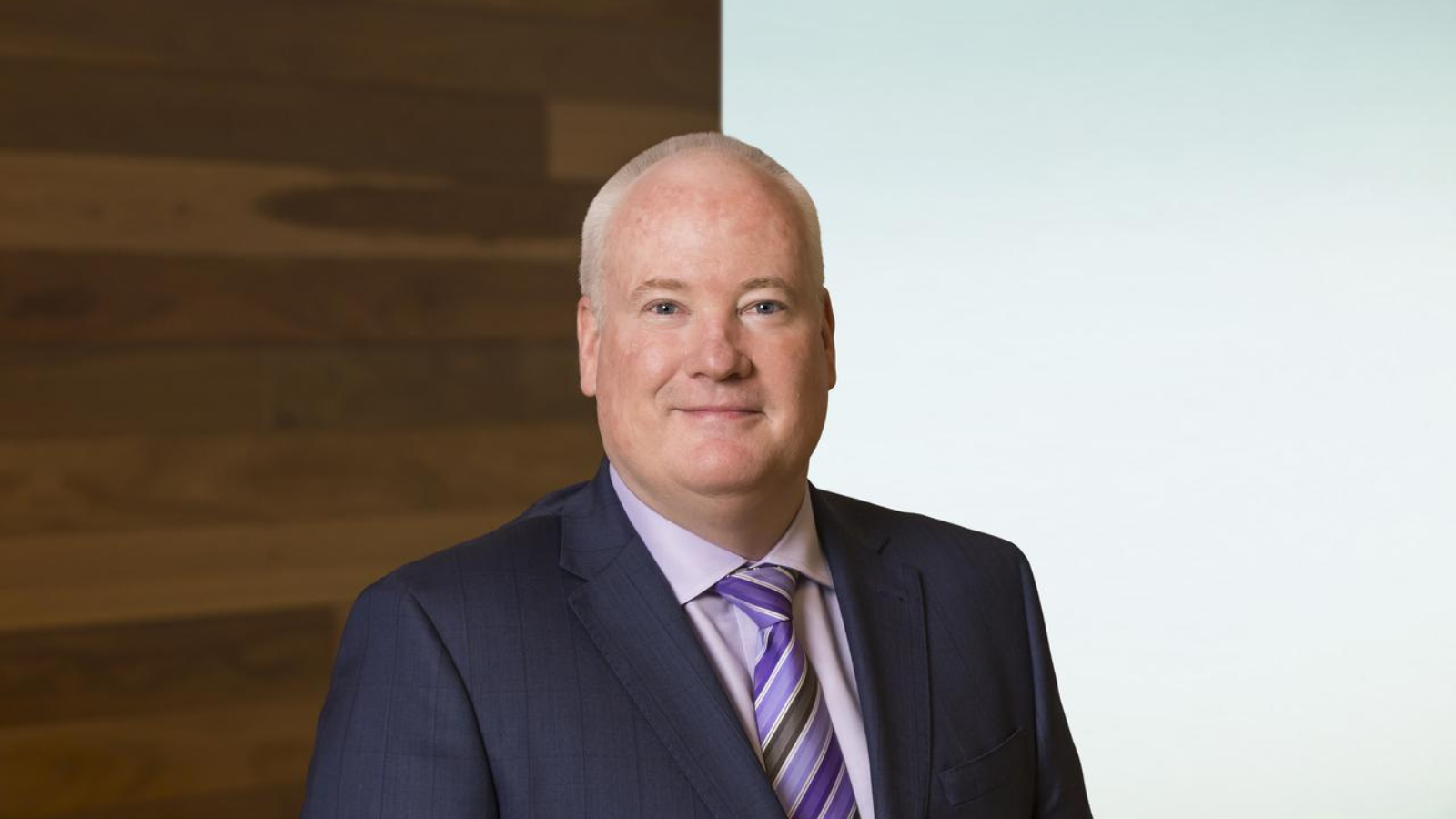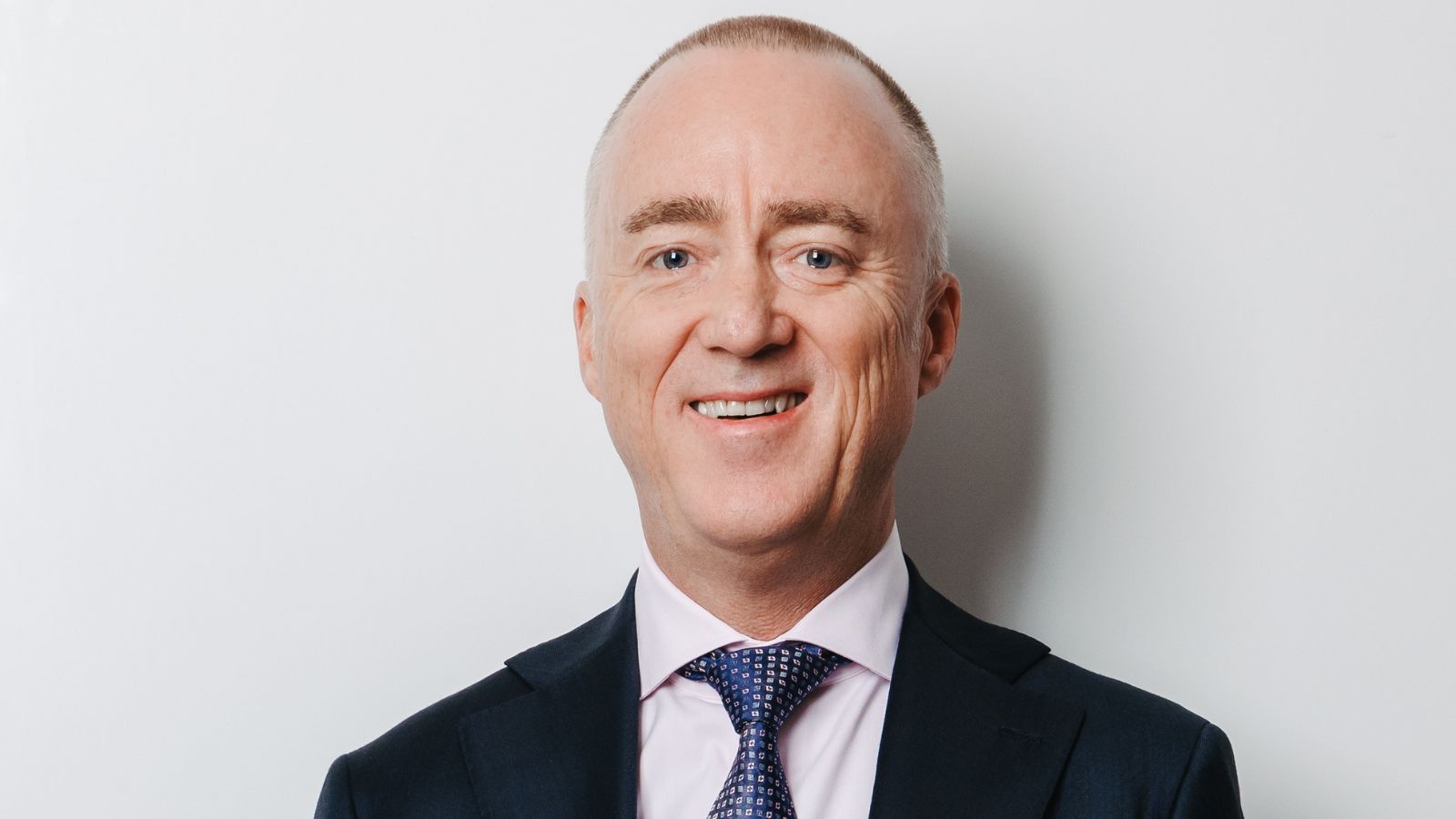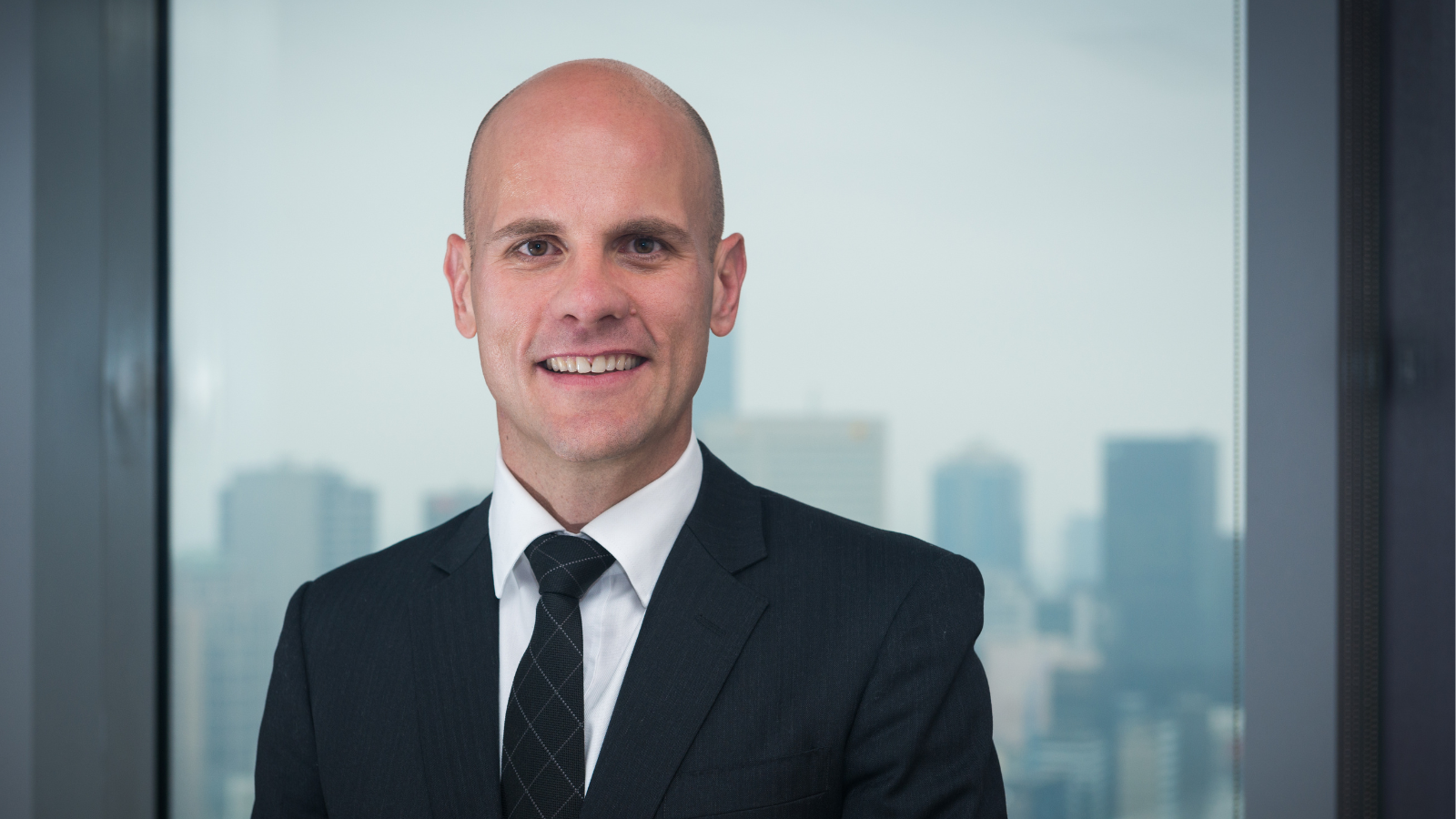Mergers can consume the day-to-day life of a fund for years. But the investment decisions made during the process determine whether the new fund – and its membership – will thrive from day one.
Superannuation funds and other financial services providers are trying to combat greenwashing in their own communications amidst changing regulatory expectations. Equity Trustees wants to help them out.
The industry funds’ unlisted property manager has slashed the valuations of its core property fund as well as a single asset office trust amidst a slow-moving commercial property downturn.
The $74 billion New Zealand Super has shot the lights out with a chunky one year return and is now looking to “scale and optimise” its organisation as it eyes a projected doubling in size over the next decade.
The $13 billion industry fund has seen a significant turnaround in member outcomes since it rethought its “technically outstanding” but conservative investment strategy and has topped Chant West’s growth ranking for a second year running.
One of Australia’s last corporate superannuation funds will merge with Australian Retirement Trust following years of pandemic disruption and regulatory change that stymied efforts to grow its member base.
The $27 billion TelstraSuper’s move to back Quinbrook’s Net Zero Power Fund is the latest in a series of climate-related investments that it feels are well-suited for smaller and more agile funds.
J.P. Morgan has leveraged its dedicated transition team and merger experience to win custody of the circa $30 billion Spirit Super ahead of the fund’s tie-up with Care Super.
In the AI-fueled rally, some companies will win – and others will disappear. But while some parts of the market look hideously expensive, their long-term prospects might justify their valuations.
A different investment environment requires a different investment model, says Colonial First State, and funds will have to become more nimble if they’re to cope.


